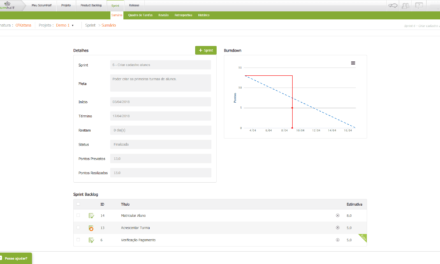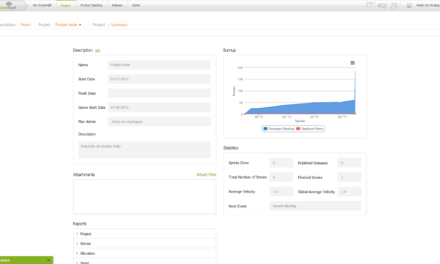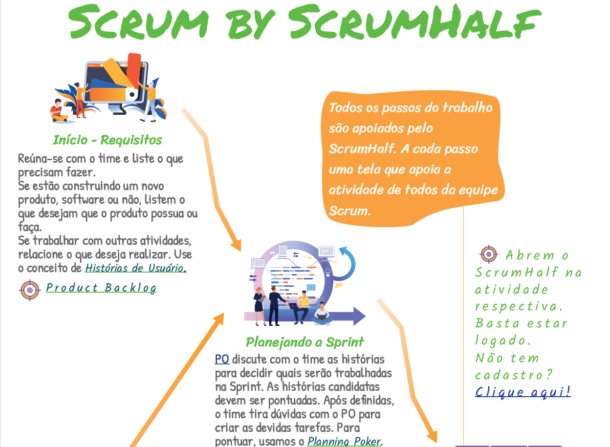 This is the first post of the “Scrum FAQ” series, where we will answer various Frequently Asked Questions about Scrum.
This is the first post of the “Scrum FAQ” series, where we will answer various Frequently Asked Questions about Scrum.
Today, we will talk about Agile Development.
Agile development is any development process built on the concepts of Agile Manifesto. This manifesto, signed in 2001, was written by experienced professionals, and veterans of the software industry. Even though each of them had their own way of thinking, they all agreed on some key principles that made a project successful. These principles serve as guidelines for teams looking for a way to manage agile development processes.
The main values of the Agile Manifesto are:
- Individuals and interactions over processes and tools;
- Working software over comprehensive documentation;
- Customer collaboration over contract negotiation;
- Responding to change over the monitoring plan.
In other words, although the items on the right have some value, the items on the left have even more value.
The agile philosophy holds that the best way to meet customers’ needs is through the collaboration of a committed group of people that focuses on achieving results quickly, with as little work overload as possible.
A key element of this philosophy is that we must trust people and their ability to collaborate. No process can succeed without the people, but people can succeed without a process. Therefore, we must create an agile process based on the skills of team members, to ensure success.
With agile development, the team has more room to work with their creativity. There is no more pressure from a manager , who dictates what should or should not be done. All team members are encouraged to learn throughout the project and make decisions that best represent the consensus of the team. That is, the agile process is no longer based on the old hierarchical relationship, or a traditional command and control as we speak, but is based on collaboration above all else.
Ref.: http://www.cprime.com/about/scrum_faq.html







